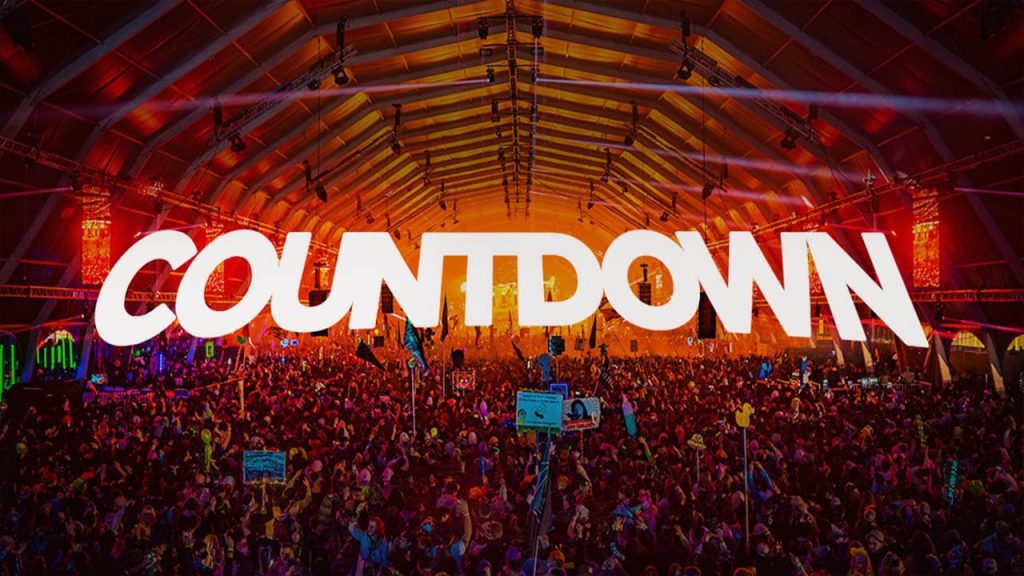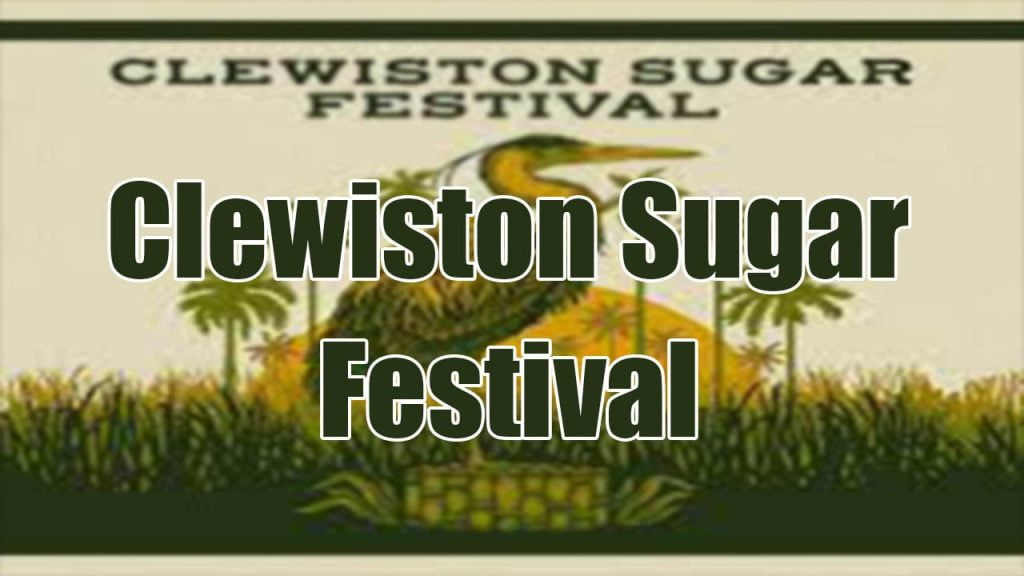Step into the vibrant world of tradition and cultural richness as we delve into the captivating Ching Ming Festival 2025. This ancient Chinese festival, observed to honor ancestors and commemorate heritage, offers us a profound glimpse into the roots of familial reverence and commemoration. The Ching Ming Festival 2025 promises to be a celebration like no other, blending age-old customs with modern-day interpretations, creating a tapestry of memories and rituals that endure through generations. Join us as we explore the significance, customs, and festive spirit that define this auspicious occasion and discover the nuances that make this year’s festivities truly special.
Introduction to Ching Ming Festival 2025
Ching Ming Festival 2025, also known as Qingming Festival or Tomb-Sweeping Day, is a traditional Chinese festival observed to pay respects to ancestors. The festival falls on April 4th, 2025, based on the lunar calendar. It holds significant cultural importance, emphasizing filial piety, remembrance, and honoring the deceased.
Traditional Practices
During Ching Ming Festival 2025, families visit ancestors’ gravesites, clean the tombs, offer food, burn incense, and paper offerings to ensure their ancestors’ well-being in the afterlife. It’s a time of reflection and reverence.
Cultural Significance
The festival symbolizes the connection between past and present generations, fostering family unity and cultural heritage preservation. It’s a time to cherish memories and uphold traditions.
- Ching Ming Festival 2025 promotes Chinese values of respect for elders and ancestry.
- It also serves as an occasion for families to gather and strengthen bonds.

History and Significance of Ching Ming Festival
Ching Ming Festival, also known as Tomb-Sweeping Day, is a traditional Chinese festival that pays respects to ancestors and commemorates their souls. It falls on the 15th day after the Spring Equinox, usually around April 4th or 5th. People visit ancestral graves to clean and offer food, burn incense, and pay their respects. This annual ritual dates back over 2500 years, originating from the Tang Dynasty’s customs.
Origins and Customs
The festival’s origins lie in the Hanshi Day or Cold Food Festival, where people offered sacrifices to Jie Zitui, a loyal servant. Over time, it transformed into the Ching Ming Festival we know today. The customs include sweeping and cleaning tombstones, offering food and drinks, and burning incense for the deceased.
During Ching Ming, family members gather to remember their loved ones and ensure their ancestors’ well-being in the afterlife by honoring them with prayers and offerings.
Modern Practices
In the modern era, honoring ancestors during the Ching Ming Festival often involves digital tributes, where families pay respects online through virtual grave-sweeping, lighting digital incense, and offering virtual food. This blend of tradition and technology allows for a wider reach and convenience for those unable to visit physical gravesites.
- Offering prayers and burning incense at home altars
- Participating in online memorial services
- Wearing symbolic colors like white, which represents mourning
Traditions and Customs Practiced During Ching Ming Festival 2025
Ching Ming Festival, also known as Tomb-Sweeping Day, is a traditional Chinese festival observed to honor ancestors. In 2025, families will gather to pay respects to their deceased loved ones by cleaning and decorating tombstones, offering food and burning incense.
Cleaning and Praying
During Ching Ming Festival 2025, families will meticulously clean the gravesites of their ancestors to show respect. They will also offer prayers, burning incense and bringing offerings of food and other items as a sign of remembrance.
Flying Kites
One popular activity during the Ching Ming Festival is kite flying. Families often bring kites to fly as a form of entertainment and to symbolize the sending of good luck and well wishes to their ancestors in the afterlife.
Celebrations and Festivities Across Different Regions
As we embrace the Ching Ming Festival 2025, it’s fascinating to explore how this traditional event is celebrated across various regions. From solemn rituals to joyous gatherings, the essence of paying respects to ancestors remains central to the festivities.
East Asia
In East Asia, countries like China, Taiwan, and Hong Kong mark the Ching Ming Festival with visits to ancestral graves. Families clean and decorate tombs, offer food, burn incense, and participate in ceremonies to honor their loved ones.
Southeast Asia
Countries such as Malaysia, Singapore, and Indonesia also observe variations of this tradition. Ancestors are remembered through cleaning graveyards, burning symbolic items, and sharing meals as a sign of respect and remembrance.
The Modern Day Relevance of Ching Ming Festival
As we enter the year 2025, the significance of Ching Ming Festival continues to hold a special place in the hearts of individuals honoring their ancestors and heritage. This traditional Chinese festival, observed on April 5th this year, is a time for families to pay respects to their departed loved ones by cleaning ancestral gravesites, offering food, and burning incense.
Preservation of Ancestral Customs
Ching Ming Festival serves as a crucial reminder to the younger generation about the importance of honoring and preserving ancestral traditions. In today’s fast-paced world, taking time to reflect on our roots and heritage helps maintain a sense of identity and cultural continuity. This practice reinforces family bonds and instills values that transcend generations.
Environmental Awareness in Modern Celebrations
With the growing global focus on sustainability and environmental conservation, there has been a shift towards eco-friendly practices during Ching Ming Festival. Families now opt for biodegradable offerings and eco-conscious rituals to reduce the environmental impact of the ceremonies. This modern adaptation aligns with contemporary values of environmental responsibility and stewardship.
- Using plant-based offerings
- Minimizing plastic waste
- Embracing natural materials
Family Reunion and Remembrance During Ching Ming Festival
Ching Ming Festival 2025 is a time for family reunion and remembrance. Families gather to pay respects to their ancestors, clean their graves, and offer food and burning incense to honor their heritage.
Traditions and Customs
During the Ching Ming Festival 2025, families visit ancestral gravesites to sweep away debris, light incense, and burn paper offerings as a sign of respect.
It is a time to reconnect with family and cherish memories of loved ones who have passed.
Food Offerings
Traditional food offerings such as qingtuan and peach blossom cakes are commonly prepared and shared amongst family members during this memorial occasion.
- Qingtuan
- Peach Blossom Cakes
Frequently Asked Questions
- What is the significance of the Ching Ming Festival?
- The Ching Ming Festival, also known as Tomb-Sweeping Day, is a traditional Chinese festival where families visit and clean the gravesites of their ancestors to pay respects.
- When is the Ching Ming Festival celebrated?
- The Ching Ming Festival usually falls on April 4th or 5th of the Gregorian calendar. In 2025, it will be celebrated on April 4th.
- How do people typically observe the Ching Ming Festival?
- During the Ching Ming Festival, families gather to sweep the tombs of their ancestors, make offerings of food, burn incense, and pay their respects. It is a time to honor and remember loved ones who have passed away.
- Are there any specific traditions associated with the Ching Ming Festival?
- Some traditions associated with the Ching Ming Festival include offering food and drinks to ancestors, burning incense, paper items, and money as offerings, and flying kites to ward off evil spirits.
- Is the Ching Ming Festival a public holiday in China?
- Yes, the Ching Ming Festival is a public holiday in China, and it is a time when many people take the opportunity to travel to their hometowns and visit the gravesites of their ancestors.
Embracing Tradition: A Glimpse into Ching Ming Festival 2025
In conclusion, the Ching Ming Festival of 2025 showcased the enduring beauty and significance of honoring ancestors and preserving traditions. Amidst the modern world’s fast pace, this annual event served as a poignant reminder of the importance of familial ties and cultural roots. The rituals, offerings, and customs observed during this festival highlighted the deep respect and reverence for those who came before us. As we witnessed the unity and warmth of families gathered to pay respects, we were reminded of the timeless value of cherishing our heritage. The Ching Ming Festival 2025 proved to be a reaffirmation of the everlasting bond between past, present, and future generations.




